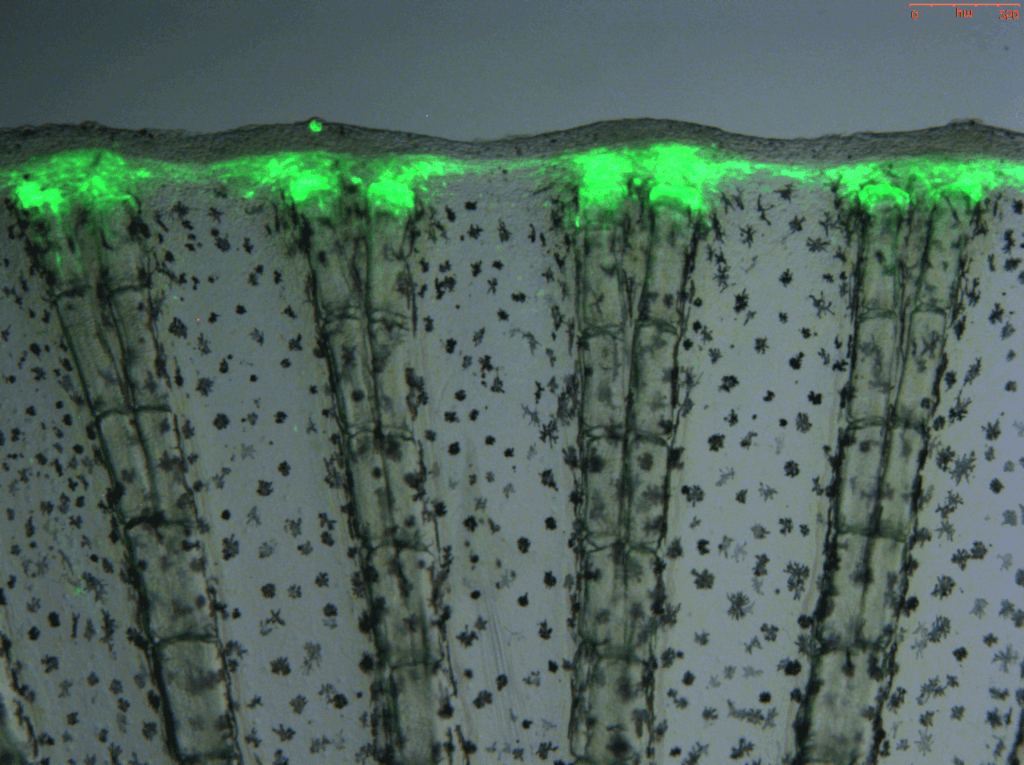2020
Journal Publication
Science
Changes in Regeneration-Responsive Enhancers Shape Regenerative Capacities in Vertebrates.
Wang W, Hu SK, Zeng A, Alegre D; Hu D, Gotting K, Ortega Granillo A, Wang Y, Robb S, Schnittker R, Zhang S, Alegre D, Li H, Ross E, Zhang N; Brunet A, Sánchez Alvarado A
Vertebrates vary in their ability to regenerate, and the genetic mechanisms underlying such disparity remain elusive. Comparative epigenomic profiling and single-cell sequencing of two related teleost fish uncovered species-specific and evolutionarily conserved genomic responses to regeneration. The conserved response revealed several regeneration-responsive enhancers (RREs), including an element upstream to inhibin beta A (inhba), a known effector of vertebrate regeneration. This element activated expression in regenerating transgenic fish, and its genomic deletion perturbed caudal fin regeneration and abrogated cardiac regeneration altogether. The enhancer is present in mammals, shares functionally essential activator protein 1 (AP-1)–binding motifs, and responds to injury, but it cannot rescue regeneration in fish. This work suggests that changes in AP-1–enriched RREs are likely a crucial source of loss of regenerative capacities in vertebrates.
Address reprint requests to: Alejandro Sánchez Alvarado
CITATION
Wang W, Hu SK, Zeng A, Alegre D; Hu D, Gotting K, Ortega Granillo A, Wang Y, Robb S, Schnittker R, Zhang S, Alegre D, Li H, Ross E, Zhang N; Brunet A, Sánchez Alvarado A. 2020. Changes in Regeneration-Responsive Enhancers Shape Regenerative Capacities in Vertebrates. Science 369 (6508): eaaz3090.



